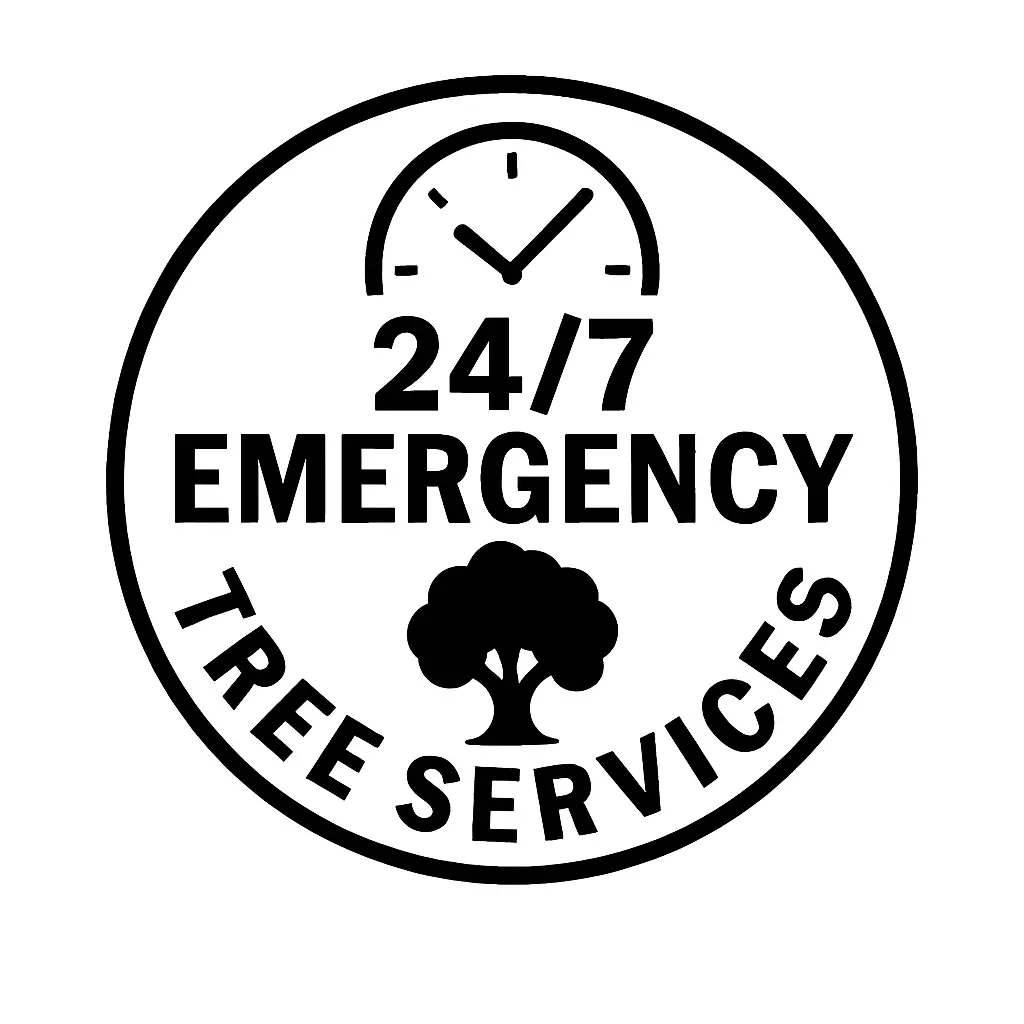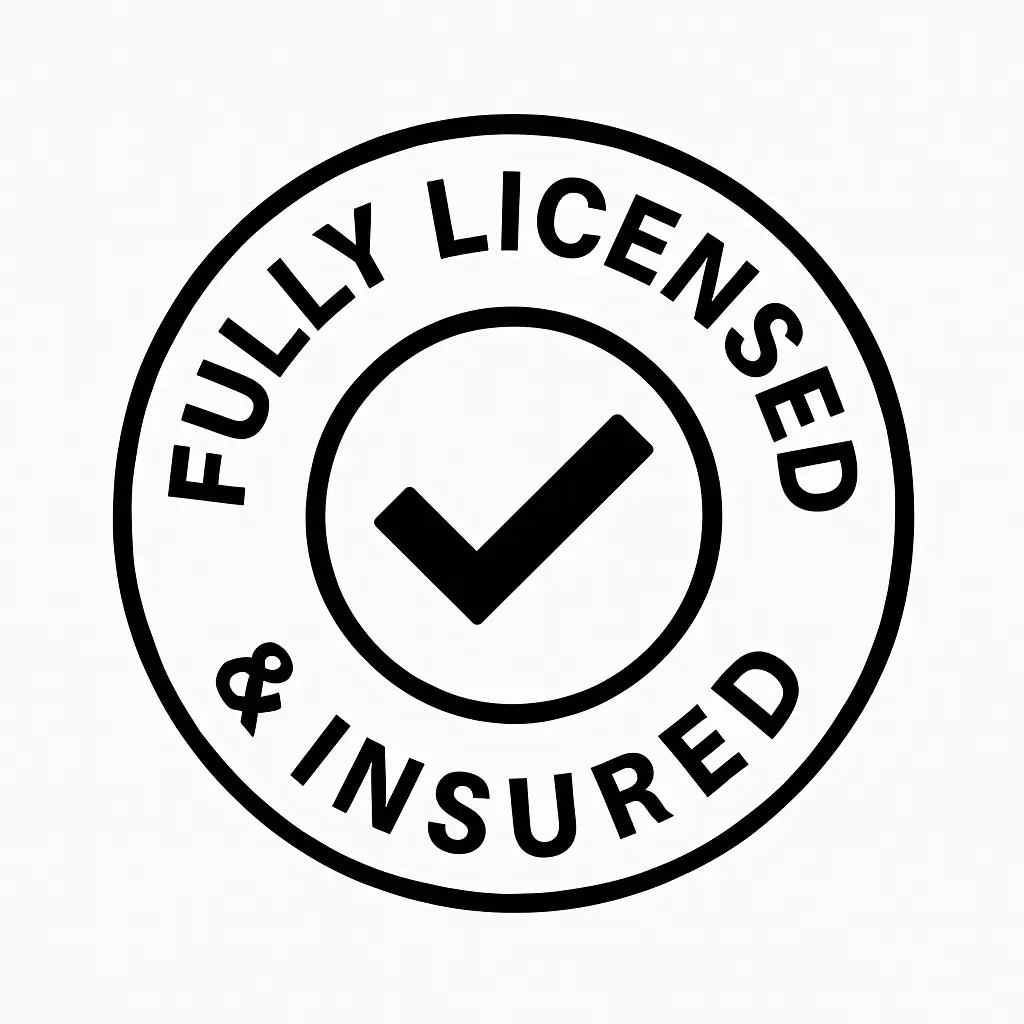
Imagine you wake up after a storm. There’s a massive tree lying across your driveway or worse, on your house. Now you’re stuck asking the dreaded question: Who is responsible for fallen tree removal? Is it you, your neighbor, the city, or your insurance? We know it is confusing and stressful. And if you get it wrong, it could cost thousands. Don’t worry. This guide breaks it all down in plain English, so you know exactly what to do next and who foots the bill. So get ready to get some real answers and straight-up facts to secure your investments.
What Determines Responsibility for Fallen Tree Removal?
There is no one-size-fits-all answer. Responsibility depends on several things:
- Where the tree was rooted
- Why it fell (storm, rot, neglect, etc.)
- Which property did it land on
- Who owns the land
- And most importantly, who is liable under the law.
The general rule of thumb for most states is :
“If a healthy tree falls due to a natural cause (like a storm), whoever owns the land it landed on pays for the cleanup.”
It does sound unfair, but unless there was negligence, you are usually on your own. This means if your neighbor’s tree falls onto your yard during a storm, you will still handle removal even though it wasn’t your tree. That is how the law works in most areas.
Tree Falls From Your Property Onto Someone Else’s
Let’s flip the narrative. What if your tree falls onto your neighbor’s yard? The good thing would be if it were a healthy tree and came down due to natural causes (like wind or lightning), you are not automatically liable.
But you might be if:
- Your tree was dead, rotting, or visibly dangerous
- Your neighbor warned you about it in writing
- You ignored obvious safety issues
- It fell due to your negligence, not nature
For example, if you knew your tree was diseased and it crushed your neighbor’s fence, you would likely be on the hook for their damage and cleanup costs. In situations like these, you can get sued, and not even your homeowner’s insurance can save you.
Neighbor’s Tree Falls on Your Property
This one is super common and causes the most confusion. Suppose your neighbour’s tree falls onto your driveway, garage, or fence. You have to pay for the damage unless you can prove negligence or hazard. Yes, even if it was your neighbor’s tree!
As it is your land, you have to be responsible for the cleanup. But if the tree was dead, diseased, leaning dangerously or you have warned your neighbor before, then the situation changes. Your neighbor may be responsible and their insurance might cover your damage. Standard policies cover falling trees but only if they damage a covered structure, like your house or shed. If there is no structure damaged, then you have to deal with the bill.
Always document the damage and contact your insurance before moving anything.
Tree Falls on Shared Property Line
A tree growing right on the property line falls, and now both you and your neighbor are staring at it like, “Now what?” This is what is called a boundary tree.
In most states, boundary trees are jointly owned.
That means:
- Both parties share responsibility
- Both must agree before trimming or removing it
- And both might have to pay for removal if it falls
Talk it out with your neighbor about sharing the cost. Don’t just start cutting without permission, as this can lead to lawsuits. You can’t start without getting consent. Get it in writing and split the removal cost before things go bad.
Who’s Responsible If a City-Owned Tree Falls?
If a tree from the sidewalk or park lands in your yard or smashes your car, it is the responsibility of the government.
Municipalities often own and manage trees on sidewalks, medians, city parks, and public roads. You have to file a claim with the city. This could take weeks or even months to process, so you might have to cover the cost yourself and wait for reimbursement. You can let your home insurance step in temporarily, but do not try to cut or remove on your ow,n as you can end up with fines or legal trouble.
Do take photos, save receipts, and document everything when dealing with city property.
Tree Falls on House or Car: What Insurance Actually Covers
For Homeowners Insurance
In most cases, yes, if the tree damaged a covered structure, like your house, shed, garage and fence. Your insurance will likely pay for tree removal that costs around $500 to $1,000. It will repair your structure and carry out debris cleanup. Your claim could be denied if you neglected it or did not maintain it properly, and if no structure was damaged, insurance usually won’t cover removal costs.
Auto Insurance
If a tree falls on your car, the only way you are covered is by having comprehensive coverage on your auto policy. If you don’t have it, you have to pay even if the tree falls
from someone else’s yard.
Tree Falls on Power Lines: Who’s Responsible
If a tree crashes into power lines, stop everything and stay away, as live wires are deadly. Call your local power company immediately. They will send a crew to clear the lines and restore service, so do not try to handle it by yourself.
Who pays?
If the tree came from public land, the utility company is usually responsible but if it came from your private property, then you might be asked to cover the cost of removal. Know that each utility has different policies. Sometimes they will cover everything and sometimes only the power lines. You may still need to remove the rest of the tree from your yard.
Tree Falls After a Storm: What to Do Next
After a bad storm, fallen trees are everywhere. It is a mess. You need to handle it the right way or risk denied insurance claims, fines, or safety hazards.
What to do immediately:
- Take photos of the tree and the damage.
- Don’t touch it if it is near wires or blocking public roads
- Call your insurance company.
- Contact the tree removal company.
You might feel pressure to start cutting but don’t touch anything until you have documented everything for insurance.
How to Avoid Liability: Proactive Tree Care
Well, the good news. Most lawsuits, claims, and headaches are totally avoidable. Follow these steps to stay protected!
Proactive steps:
- Inspect your trees twice a year
- Look for signs of rot, disease, or leaning
- Hire a certified arborist for risky trees
- Remove dead or unstable trees immediately.
- Keep records and receipts of all maintenance.
- Install barriers or signage if worried about public access
- Talk to your neighbors about any trees near shared property lines
- If needed, send a written notice if their tree looks unsafe
Final Thoughts
Tree falls are messy in all aspects, be it emotionally, financially, and legally. But now you know exactly who is responsible for fallen tree removal, whether it is you, your neighbor, the city, the power company, or even your insurance. The best thing you can do to prepare now is to know your tree and review your insurance. Want to hire a certified arborist? Contact our company, Tree Cutting NYC, to secure your properties and remove trees safely without damaging your properties. We offer comprehensive assessments so that your trees do not cause you costly repairs in the near future.





